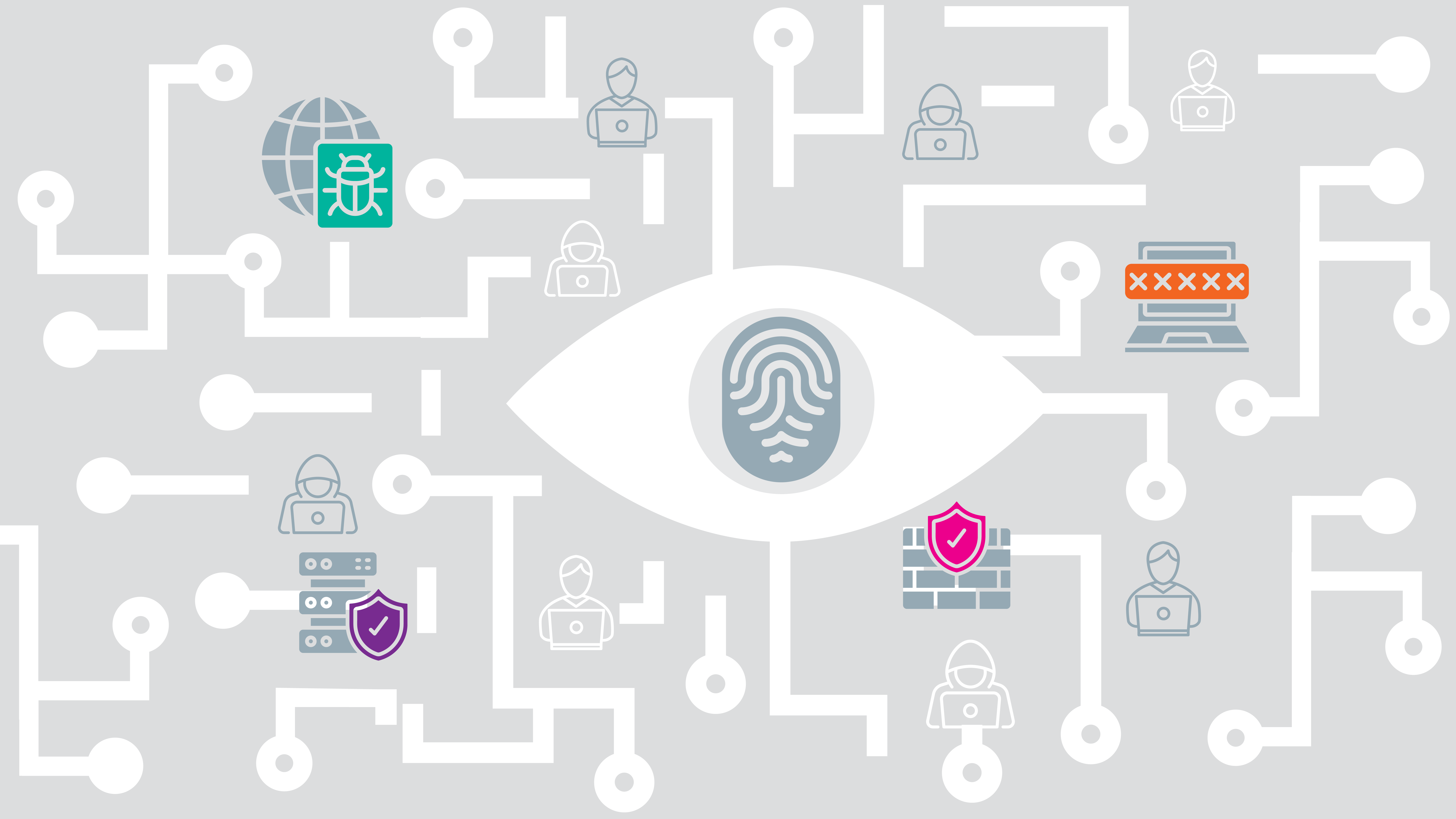We still don't know if remote work is good
| |||||
| |||||
| |||||
|\| ART BLOG HUMOR BLOG PHOTO BLOG CULTURE BLOG |:| FOR THE RENAISSANCE MAN & THE POLYMATH WOMAN |/|
We still don't know if remote work is good
| |||||
| |||||
| |||||
Our phones are being inundated with text scams. Some people are using humor to fight back.

The other night, I received a mysterious WhatsApp message. “Dr. Kevin?” it began, the question mark suggesting the sender felt bad for interrupting my evening. “My puppy is very slow and won’t eat dog food. Can you make an appointment for me?”
I was mystified. My name is not Kevin, I am not a veterinarian, and I was in no position to help this person and their puppy. I nearly typed out a response saying “Sorry, wrong number” when I realized this was probably a scam to get me to confirm my number.
I did not respond, but many others who received similar texts have. Some are even throwing it back at their spammers by spinning wild tales and sending hilarious messages to frustrate whoever is on the other side. They’re fighting back with snark, and in some cases posting screenshots of their conversations online.
Spam texts are on the rise, and so are the number of people who are striking back through “scambaiting,” which refers to “the act of wasting an offender’s time,” says Jack Whittaker, a PhD student in sociology at the University of Surrey who is studying the phenomenon. However, experts say responding defeats the point, as it opens a person up to even more spam texts.
Spam texts seeking to scam their recipients into giving up valuable information are not new. Some of the earliest digital spam was sent via email chain letters, the most notorious being for scams in which someone impersonating a Nigerian prince claimed to need the receiver’s help in depositing a large sum of money.
Once smartphones became common, scammers switched to texting. And in 2022, spam texts are much more personal. Often they mimic a misdirected text, perhaps addressing the receiver by the wrong name or using a generic first line (“How’s it going” or “I had fun tonight!” are common) to prompt a response.
If you’ve received any such messages lately, you’re not alone. “There’s been an incredible spike in spam texts,” says J. Michael Skiba, a professor at Colorado State University who specializes in cybercrime and international financial fraud. Globally, 90 billion of them were sent last year, he says; in the US, 47 billion spam texts were sent from January to October 2021, up 55% from that same period in 2020. According to RoboKiller, a spam blocking firm, scam texts led to $86 million in losses in the US alone in 2020. “People are just bombarded with these,” Skiba says.
Skiba says texting has several advantages over email from a scammer’s perspective—a note from a phone number raises less suspicion than one from a sketchy email address, and the casual nature of texting makes grammatical errors less noticeable. Many people also feel a very human urge to respond to a text. “It’s a psychological trick in that you know the text is not correct, but it appeals to your desire to help and say, ‘You’ve got the wrong number,’” Skiba says.
The person on the other side, however, is most likely working with an organized group of scammers in a call center and hoping you say exactly that. A single response is enough for a scammer to verify that a phone number is real. That response leads to a domino effect that could invite even more spam texts to your phone. Ultimately, scammers are looking to at least verify your number to potentially sell it to other groups; getting your personal information is a sweet bonus.
“I would 100% recommend not responding at all,” Skiba says.
But a scroll through Twitter, Reddit, Instagram, and TikTok shows that people aren’t taking that advice. Instead, many are engaging with spam texters and posting their conversations for the world to see.
Gabriel Bosslet, an associate professor of medicine in Indianapolis, decided to mess with a recent spam texter by firing off increasingly outlandish replies. He’s been doing this kind of thing since the early 2000s, when he started writing back to mysterious emails that were clearly Nigerian prince scams. Once it’s clear he’s corresponding with a scammer, Bosslet goes into troll mode, fabricating fanciful stories and characters—the more bizarre, the better. “None of it is true,” he says. “I just make it all up.”
Asked what his goal is in these conversations, Bosslet says it’s just to connect and interact with a stranger. He brings up the example of Wanda Dench, a grandmother who accidentally texted then-17-year-old Jamal Hinton an invitation to Thanksgiving dinner that has turned into a sweet annual tradition. “I realize that’s super odd, but I am open to some sort of interaction like that,” he says.
Jason Tanamor, an author from Portland, Oregon, has also started texting spammers back. And, like Bosslet, he isn’t trying to reform anyone. “I just try to get them to say ‘deez nuts’ because it makes me giggle,” Tanamor says. For him, chatting up a spammer can be fun; if he has time, he simply tries to keep the conversation going for as long as he can.
Neither Bosslet nor Tanamor was aware that answering spam texts probably verified their number, allowing their spammers to sell it to other spammers—resulting in even more spam texts. But neither cares. For them, messaging back with outlandish jokes is a form of entertainment. And both expressed empathy for the people on the other side of the phone.
But others have a more vengeful approach. Whittaker at the University of Surrey says some people have taken scambaiting to extremes, joining online forums where they create elaborate hoaxes to trap the perpetrators. That can be dangerous, he says. “Scambaiting can also [lead to] hacking into an offender’s computer as a form of public entertainment,” he says. That’s problematic, possibly exposing people’s private information, and it’s also illegal, despite the moral high ground scambaiters may claim.
Whittaker cites Jim Browning, the alias of a YouTuber and software engineer who has used scambaiting to delete stolen files from call centers involved in spam texts. Other scammers who have been exposed by people like Browning have retaliated by swatting scambaiters (making a false crime report to call out law enforcement) or luring them to dangerous locales.
“Scambaiting activities can become quite radical,” Whittaker says. “Also, scammers wise up to these tactics quickly, so wasting an offender’s time can actually teach them to become more wise to the efforts to waste their time.”
It’s a dilemma for people who mess with a scammer. It can be satisfying, if only as a form of rebellion against an annoying modern intrusion. But that rebellion can be costly, in terms of both the time it takes and the risk of setting off an avalanche of future spam texts that could, if scambaiters fall for them, put them at risk of financial or personal ruin.
The US Federal Trade Commission and consumer advocates have attempted to fight back with Do Not Call registries and efforts to stop spam texts at the network level, but spammers are constantly evolving their tactics to bypass these laws. That can make it feel as though there’s only one way to handle the frustrating situation: with a joke about “deez nuts.”

With the right human oversight, emerging technologies like artificial intelligence can help keep business and customer data secure

Using unique product identifiers and universal standards in the supply chain journey, the whole enterprise can unlock extended value

Employees need to be heard for leaders to overcome the hurdles of organizational change

How global standards and unique identifiers are turning supply chain data into a game-changer
 Illustration by Rose Wong
Illustration by Rose WongDiscover special offers, top stories, upcoming events, and more.